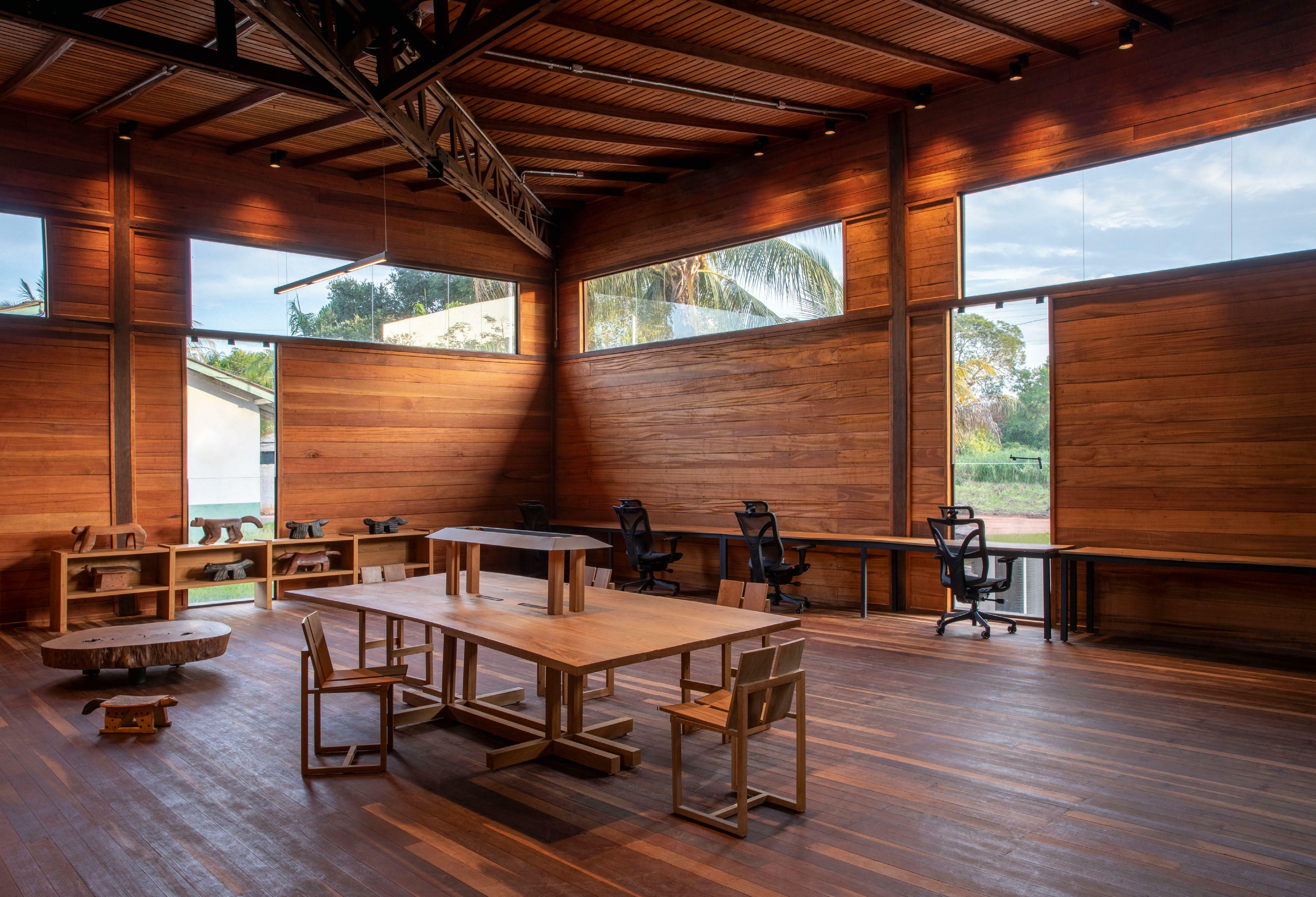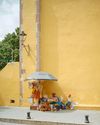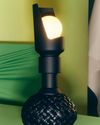
After nearly two decades of work, entrepreneur and environmentalist Luiz Felipe Aranha Moura is launching his plan to bring the municipality of Belterra, Brazil, back to the future. His visionary new Museu de Ciência da Amazônia, also known as MuCA, or the Museum of Amazonian Science, is an ambitious project that builds on fascinating local history, and has been made possible with the help of a team of high-powered collaborators, including the celebrated Brazilian architect Arthur Casas.
Belterra was created by Henry Ford in 1933. The American car manufacturer was trying to establish independent large-scale rubber production for his company, having unsuccessfully attempted to create a utopian city called Fordlandia in the heart of the Amazon five years earlier. He took the learnings from the missteps that led to Fordlandia’s resounding failure and doubled down, building what became Belterra in the image of his home town of Dearborn, Michigan. As a result, the city was laid out like an early American suburb, with hundreds of wooden buildings arranged in rows off a main street, uniform in white and emerald green and in contrast with the typical architecture of the local Tapajós culture.
While Belterra was more successful than its predecessor, the Ford Motor Company ultimately abandoned both operations when rubber production in Asia resumed after World War II, leaving behind an idiosyncratic architectural legacy tainted by Ford’s insistence on imposing American ways of working and living on the local populations.
This story is from the May 2023 edition of Wallpaper.
Start your 7-day Magzter GOLD free trial to access thousands of curated premium stories, and 9,000+ magazines and newspapers.
Already a subscriber ? Sign In
This story is from the May 2023 edition of Wallpaper.
Start your 7-day Magzter GOLD free trial to access thousands of curated premium stories, and 9,000+ magazines and newspapers.
Already a subscriber? Sign In

COOL RUNNINGS
Palace founder Lev Tanju is bringing his own unexpected brand of weirdness and love of eclectic mash-ups to Fila's new contemporary line

LIVING COLOUR
Mexico's San Miguel de Allende is home to a bold young crowd of talent that's thriving off the city's brightly-hued heritage

STARS ASCENDING
In a rapidly changing world, the route designers take to discover their calling is increasingly circuitous. We profile ten creatives forging their own paths to success

SUITE DREAMS
Cathay Pacific’s new aircraft interiors turn the inflight experience into an art form, upgrading the business-class cabin for the next generation of flyers

Brutal harmony
The Escheresque Italian villa designed by Fausto Bontempi for sculptor Claudio Caffetto

LOCAL HERO
London studio Holloway Li’s recent makeover of Polish hotel Puro Poznan is right up our street

STAR TURNS
An exhibition at Louvre Abu Dhabi unveils the stellar shortlist for this year's Richard Mille Art Prize

SCREEN GEM
A multifaceted residence in Beverly Hills puts the beauty of potentiality in the frame

SOFT SPOT
We've taken a shine to Bottega Veneta's collaboration with Flos on a special edition of a Gino Sarfatti lamp

Between the lines
Frequently drawing comparisons with Francis Bacon, painter George Rouy is gaining peer points for his use of classic techniques to distort the human form